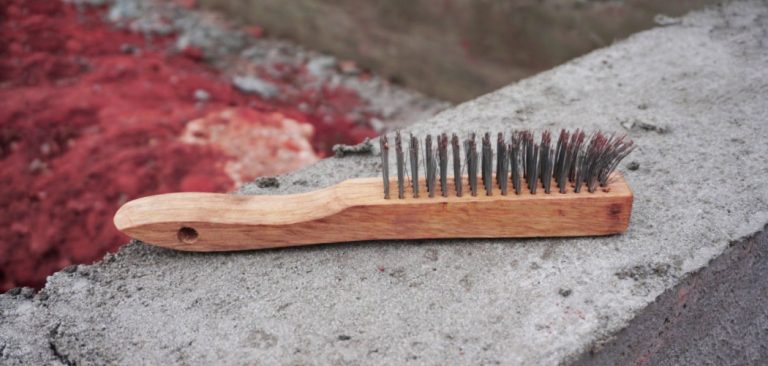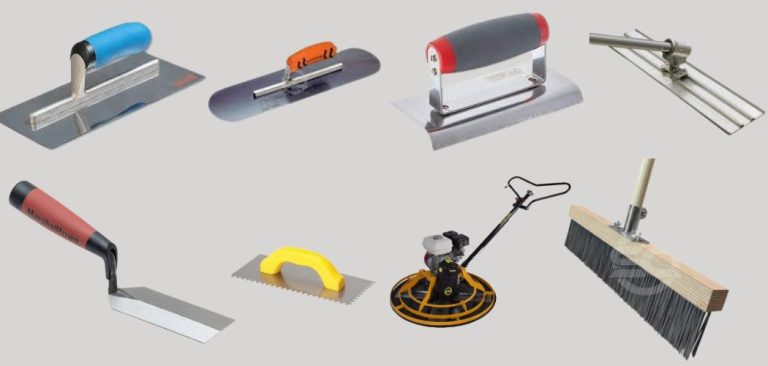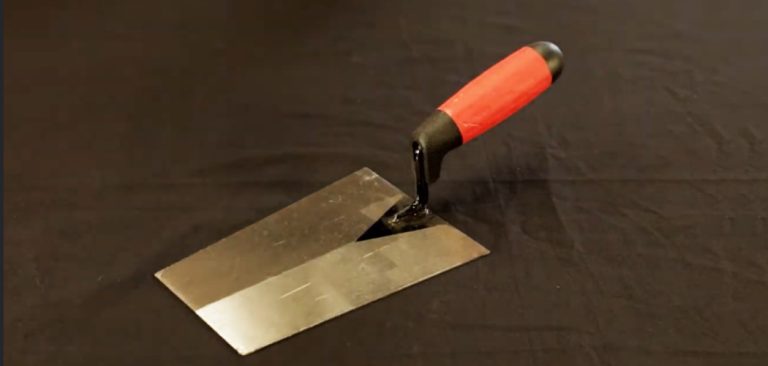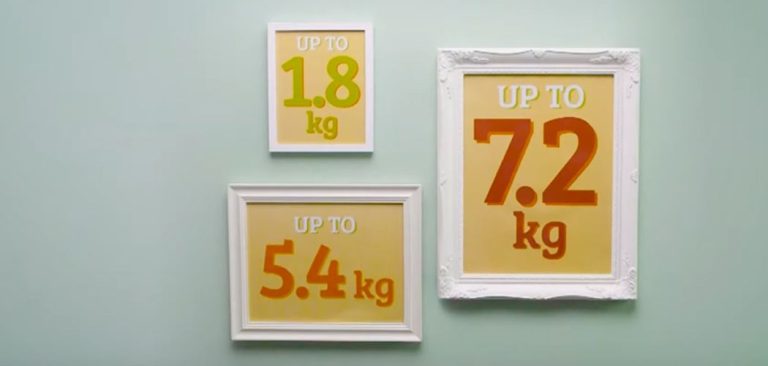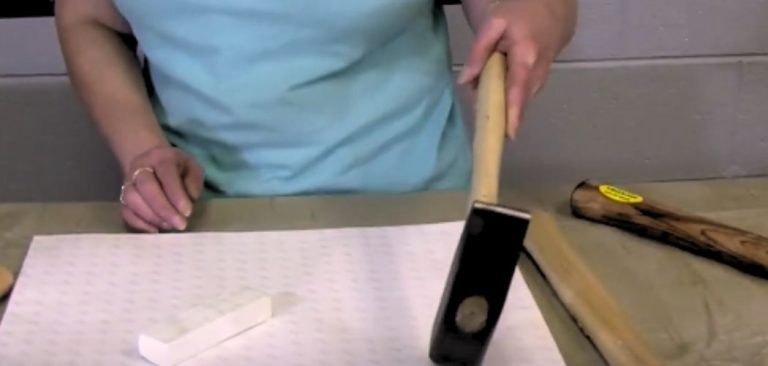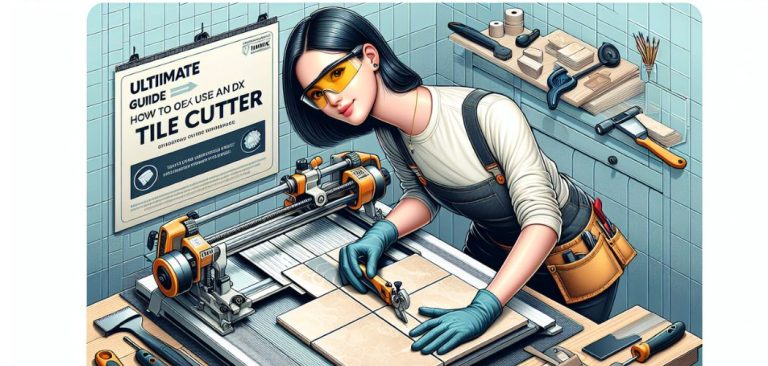How to Stop Masking Tape Ripping Off Paint
Have you ever faced the frustrating dilemma of masking tape peeling off after painting? Worry no more if you’re among the countless individuals troubled by this issue! The solution you seek is right within your grasp.
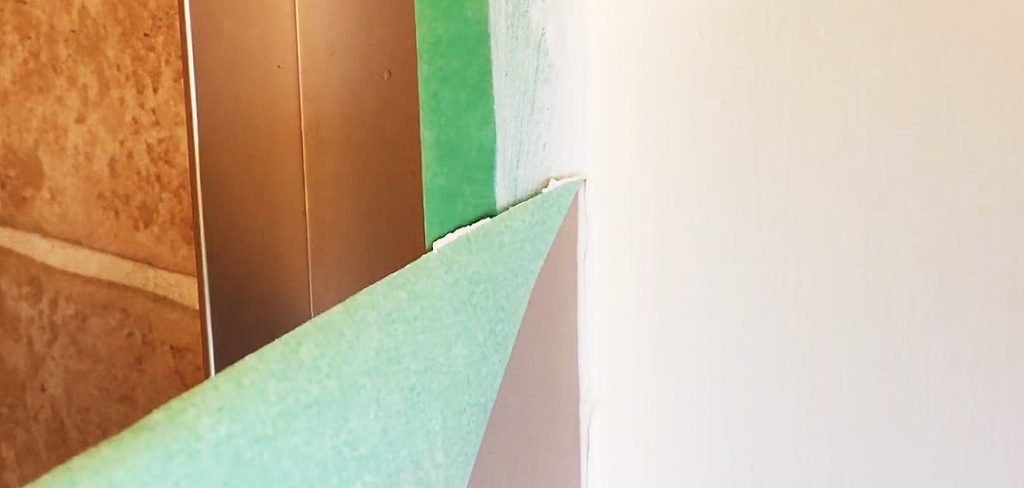
This article will delve into the concealed secrets of stop masking tape ripping off paint. So, without further ado, let’s embark on a journey of discovery and uncover the unknown secrets to achieve flawless masking tape removal.
Why is Masking Tape Ripping in Painting?
Masking tape can sometimes tear during painting for various reasons. There are several reasons for this which I will outline below.
Low-Quality Tape
Poor-quality masking tape may need more strength or adhesive properties to withstand the painting process. Investing in high-quality tape can help prevent tearing.
Excessive Paint Build-up
When too much paint is applied to the tape, it can drip down and cause it to stick. When you remove the tape, it may tear due to excessive paint build-up.
Improper Application
If the tape is not applied correctly, it can easily tear when paint is applied or removed. That’s why you ensure the tape is pressed firmly and adheres to the surface without any air bubbles or gaps.
Incorrect Removal Technique
It may tear if the tape is left on too long or moved too forcefully.
Surface Condition
Uneven or rough surfaces can make it difficult for the tape to adhere properly, increasing the chance of tearing. Before applying the tape, ensure the surface is clean, dry, and smooth.
Extreme Temperature or Humidity
Environmental factors such as high temperature or humidity can affect the performance of masking tape. In extreme cases, the tape’s adhesive properties may weaken, making it prone to tearing.
All in all, you can avoid these factors and stay one step ahead in your painting process.
How to Stop Masking Tape Ripping Off Paint
Here are some tips to follow to prevent the masking tape from tearing off the paint during removal. I’ve outlined some pre-preparation and the proper procedure when removing the tape. Then let’s get down to business.
1. Choose the Right Tape
Select a high-quality painter’s masking tape specifically designed for clean removal. Look for tapes labeled as “low-tack,” “easy release,” or “fine surface.” These tapes have low adhesive strength, resulting in less chance of paint damage.
2. Prepare the Surface
Ensure the surface is clean, dry, and free from dust, dirt, or contaminants. This helps the tape adhere properly and reduces the chance of the paint pulling off during removal.
3. Use Heat or Moisture if Necessary
In some cases, stubborn tape adhesive can make it stick more firmly to the paint. In such situations, apply gentle heat from a hair dryer to soften the glue, making it easier to remove. Alternatively, lightly dampen the tape with water using a damp cloth or sponge. Be careful not to overheat or saturate the tape or paint surface.
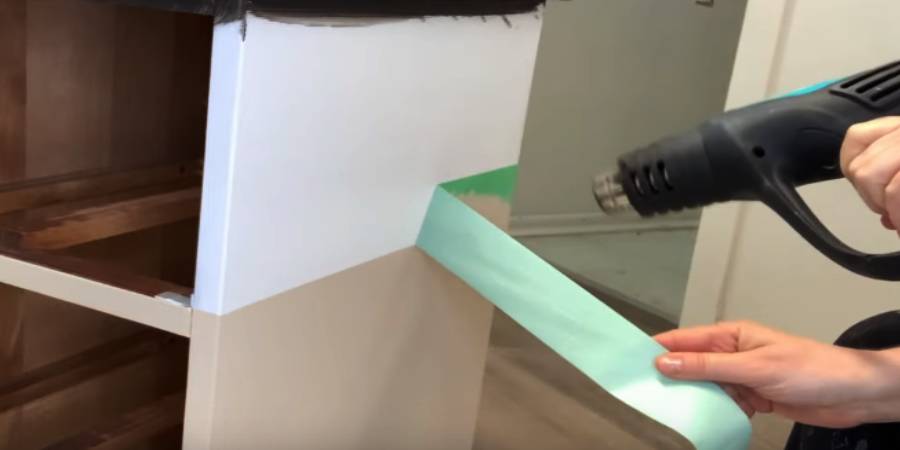
4. Use a Proper Removal Technique
Do it slowly and steadily when removing the tape at a 90-degree angle. Pulling the tape too quickly or at a sharp angle increases the risk of tearing the paint. Make sure to make a smooth, controlled motion when peeling the tape back on itself.
5. Remove the Tape at the Right Time
Timing is critical when removing the masking tape. It is best to remove the tape when the paint is still slightly wet or tacky but not completely dry. This allows for easy and clean removal.
All the tips mentioned above have been brought up for your benefit in consultation with my friend Suman, a painting artist.
FAQ’s
What Type of Masking Tape Should I Use to Avoid Paint Damage?
Opt for a high-quality painter’s tape specifically designed for delicate surfaces for flawless painting results and worry-free DIY projects.
Embrace the ease and precision of tapes like FrogTape® Delicate Surface Painter’s Tape, 3M ScotchBlue™ Delicate Surface Painter’s Tape, Gorilla 1.41″ Delicate Surface Painter’s Tape, or Tesa Delicate Surface Precision Masking Tape. Their gentle adhesion ensures seamless application and effortless removal.
Can I Reuse Masking Tape to Avoid Paint Damage?
Avoid paint damage! Don’t reuse the masking tape. Its adhesive weakens with reuse, raising the risk of paint damage. Use fresh tape for each project, and choose the right type to protect your paintwork effectively.
What if the Paint is Already Damaged Upon Tape Removal?
If you find paint damage after removing the tape, don’t worry! Touch up the affected areas with matching paint using a small brush. Feather the edges to blend the touch-up seamlessly with the existing paintwork.
This simple technique will help you achieve a flawless finish and conceal any imperfections caused during tape removal. With a little touch-up work, your project will look as good as new!
Can Temperature and Humidity Affect Tape Removal?
Extreme temperatures and humidity can impact the adhesion and removal process. Try to apply masking tape in moderate conditions, and if you need to remove it in harsh conditions, use a heat gun or blow dryer on low heat to soften the adhesive.
Conclusion
In conclusion, mastering masking tape removal is easy with the abovementioned steps. If you have any more ideas to share, please comment below. Together, we can make this process even better! Happy painting!

